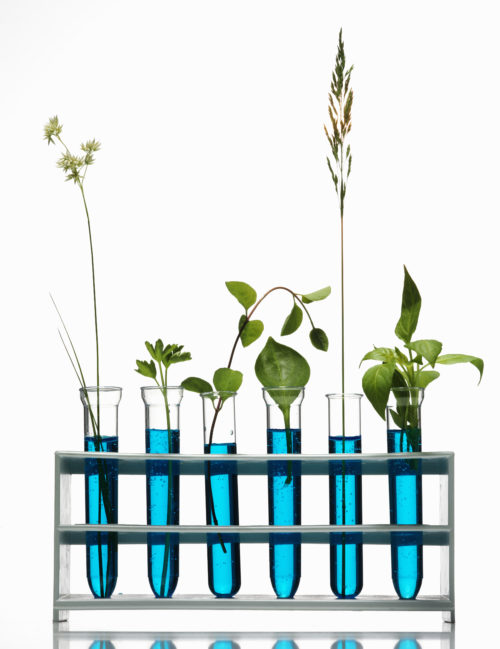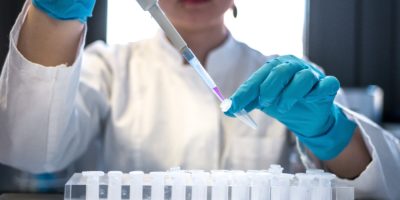ASPIRE-ICU: Preventing Infection More Efficiently
Like other studies within COMBACTE-NET, ASPIRE-ICU (Advanced understanding of Staphylococcus aureus and Pseudomonas aeruginosa Infections in EuRopE) served a dual purpose. It helped build a sustainable network of ICUs, but it also had a clear scientific aim: to advance the understanding of Staphylococcus aureus and Pseudomonas aeruginosa infections in Europe to prevent infections and reduce antibiotic use.
We spoke with Fleur Paling, Coordinating Investigator for ASPIRE-ICU (S. aureus), Claudia Recanatini, Investigator for ASPIRE-ICU (P. aeruginosa), and Frangiscos Sifakis, at the time EFPIA Lead ASPIRE-ICU, about their work and ASPIRE-ICU’s impact.
Understanding the occurrence of SAIP
“Our goal was to quantify associations of patient-related and contextual factors, including S. aureus colonisation status, with the occurrence of S. aureus ICU pneumonia (SAIP)”, says Fleur. “SAIP was defined as any pneumonia that developed during an ICU stay 48 hours or more after admission with S. aureus isolated from lower respiratory tract specimens or blood samples. The incidence of SAIP was derived in the study cohort and estimated on the weighted incidence calculation for the originating overarching population, while taking competing events into account.”
Positive impact on clinical practice
In P. aeruginosa research, substantial data and samples were analysed to provide insights into the prevalence and incidence of P. aeruginosa colonisation during an ICU stay. “ASPIRE-ICU yielded a number of interesting findings”, says Claudia, “for example, reducing colonisation by P. aeruginosa could be a way to reduce the risk of lung infection in ICU patients. ” The study described the incidence of P. aeruginosa infection in ICUs across Europe and found that the incidence of P. aeruginosa ICU pneumonia (PAIP) was higher in colonised patients, and that different rates exist in different regions in Europe. Claudia: “So the results identified patients with higher risk of PAIP, highlighting targets for future interventions to prevent infection more efficiently, both in clinical practice and when designing clinical trials.”
-
“Reducing colonisation by P. aeruginosa could be a way to reduce the risk of lung infection in ICU patients”
Fruitful collaboration academia and industry
Asked for the impact and lessons of ASPIRE-ICU Frangiscos points at the collaboration in the project. “I learned that collaboration between academia and industry can be very fruitful and rewarding, as was definitely the case with ASPIRE-ICU. A critical part was the trust and camaraderie developed early on, which built a strong foundation for the scientific discourse to be productive. On a personal note, my time with ASPIRE-ICU helped me grow as a scientist and as a person. I miss all my colleagues fondly and reflect back on that time as truly special.”
For future health needs Claudia explains that ASPIRE-ICU’s study results presented a clear picture of infections in Europe and identified specific biological targets and target populations for future preventive interventions. “Beyond the scientific results, it created a coordinated and expert capability for how to design these types of studies, which can be quickly leveraged for future health needs. We can now recognise high-risk patients and focus the application of preventive interventions on them.”
About ASPIRE-ICU
ASPIRE-ICU was a prospective, observational, multicentre, epidemiological cohort study that was nested within routine surveillance among ICU patients across Europe. Conducted at 30 sites in 11 European countries, ASPIRE-ICU enrolled 2,000 patients who were recruited upon ICU admission. This study cohort facilitated active sampling and elaborate data collection. Bacterial isolates and serum samples were collected for in-depth microbiological and immunological testing, which was a nice collaboration with LAB-Net.
ASPIRE-ICU aimed to better predict the risk of infection and to estimate the incidence of S. aureus and P. aeruginosa ICU pneumonia, especially ventilator-associated pneumonia (VAP), during an ICU stay. It assessed its association with patient-related and contextual factors, for example comorbidities, colonisation status, and relevant biomarkers. With this information, a risk prediction model was developed to quantify the risk of acquiring S. aureus or P. aeruginosa pneumonia during an ICU stay.

Related updates

The Last of COMBACTE: COMBACTE-NET

Important Pieces Of A Puzzle
